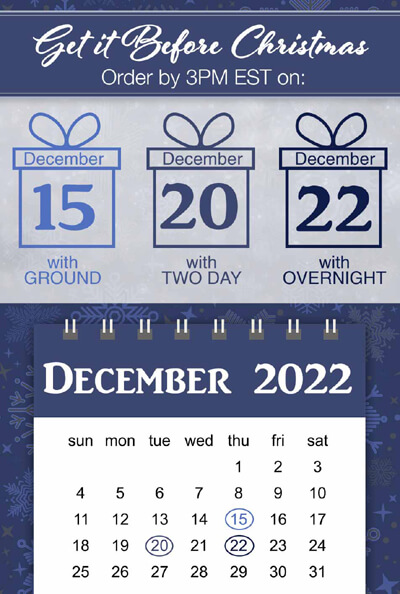- Styles
- Subjects
- Rooms
- Artists
- Products
- Pictures To Art
- More
More Subjects
Other Popular Artists
-
- Shop for Art by
-
Styles
-
Subjects
-
Room
-
Top Artists
-
Products
-
Best Sellers
-
What's New
- Find Inspiration
-
Artist Interviews
-
Art Buying Guides
-
Travel the World
What our customers are saying:
Thank you very much for your outstanding customer service! I look forward to doing business with Fulcrum Gallery in the future!
Eric from Orange Park, FL
Eric from Orange Park, FL
SAVE 20%
ON YOUR ORDER
Invalid email address. Please try again.
By submitting your information, you agree to receive emails marketing notifications from FulcrumGallery.com.
You must agree to the terms above to continue.
offer applies to new email sign-ups.
no thanks
THANK YOU!
USE CODE: Frame20
To take an additional 20% off your order.
© 2025 FulcrumGallery.com.
All rights reserved.











